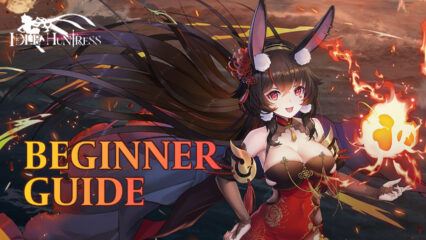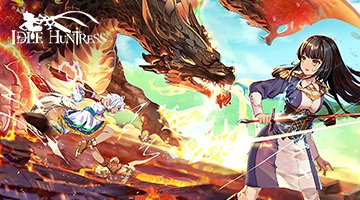Idle Huntress: Adventure - Teambuilding Guide
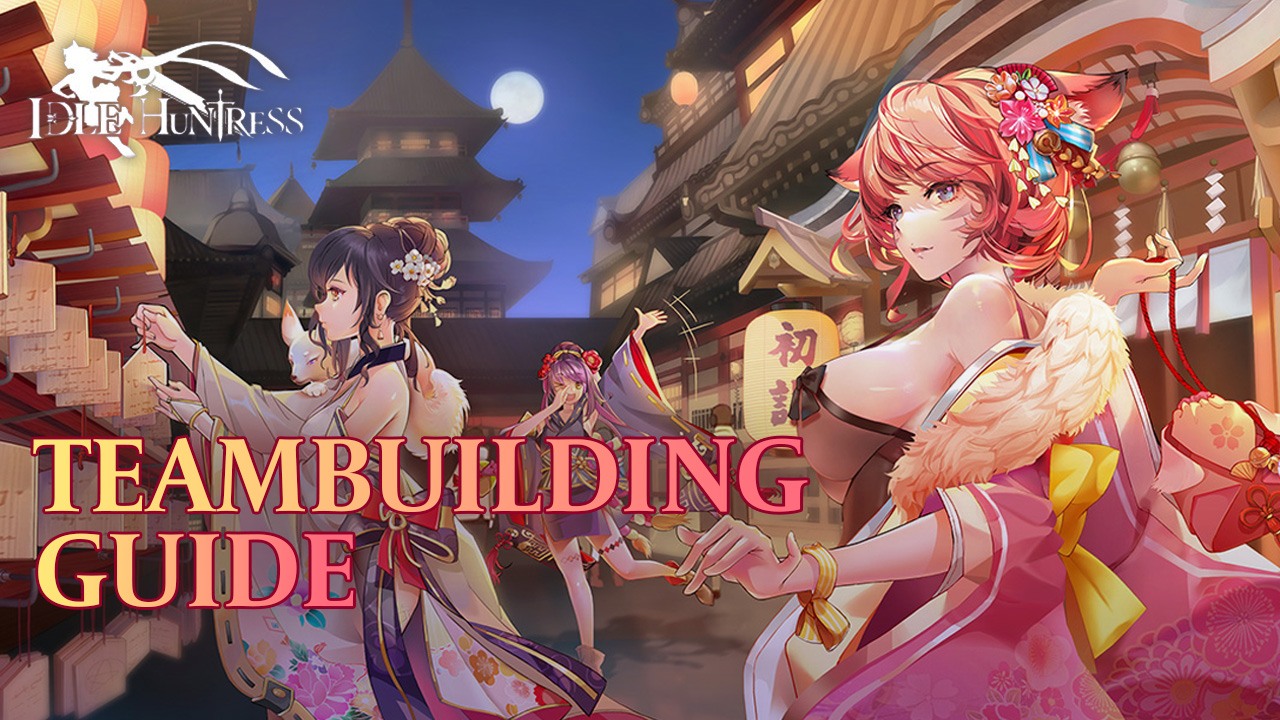
The importance of collecting heroes is heavily emphasized when you play Idle Huntress: Adventure and being able to utilize those units is one of the things that players need to understand as they progress through the game. Being able to have powerful units is only one step to having a powerful team since you need to understand how to make use of their strengths and weaknesses to make a fully functional squad that will overcome any challenge they come across.
Table of Contents
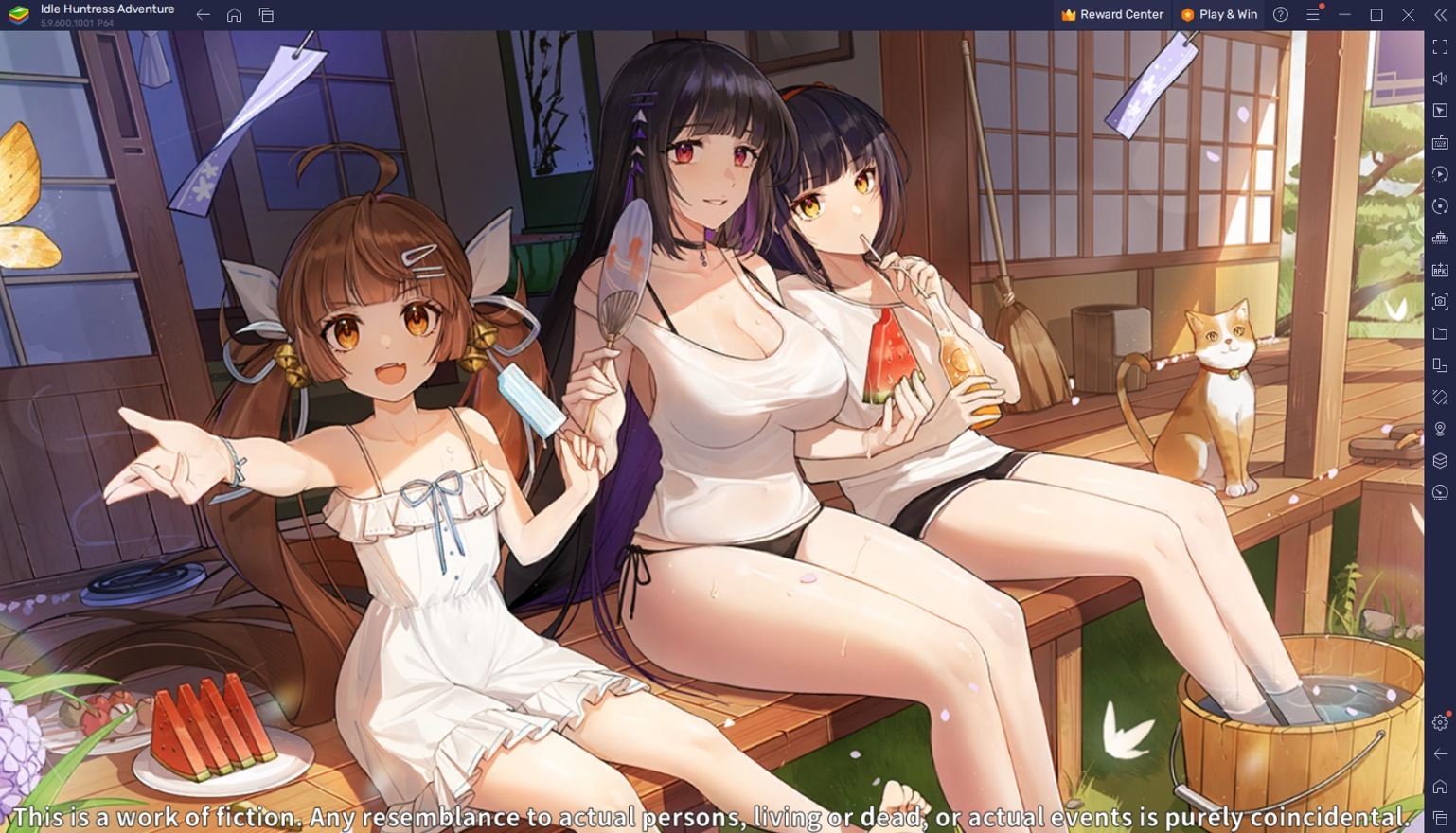
Teambuilding is something that serious players struggle with since they don’t understand how they keep losing to enemies despite having extremely powerful heroes. It’s important to remember that having a cohesive squad of units that work together will often be more powerful than a team of five high-rarity units that all aim to take down the enemy as fast as possible. We tackled some of the things you need to know in our Beginner’s Guide but in this article, we’ll be talking more in-depth about how to assemble the best team you can have.
Elemental Affinity
Each hero has a specific elemental affinity that gives them a special bonus when teamed up with other heroes who belong to the same element. The elemental affinity system plays two parts in the game. The first is that placing as many heroes of the same element into your team gives a passive team bonus depending on the number of heroes from the same element. The second gives heroes a strength vs weakness relationship with other heroes depending on the matchup.
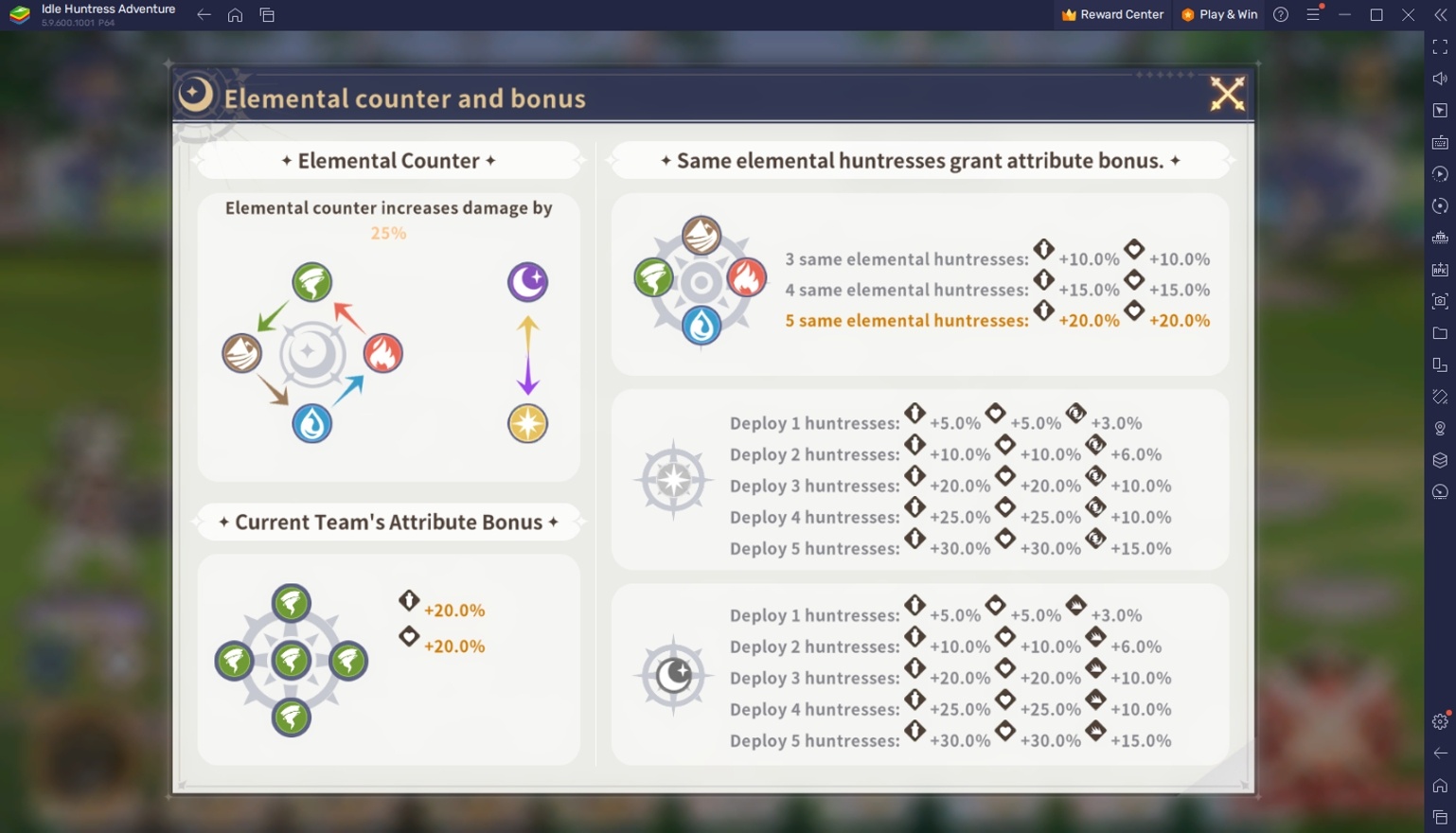
Players are encouraged to have teams that have five heroes of the same element to have the maximum value buffs to their team. However, the strength vs weakness relationship makes it difficult to run mono-element teams in the PvP arena since your opponents can simply counter it with an element that has the advantage over your team. There are advantages and disadvantages to running mono-element teams and multi-element teams so there’s no right answer on which you should pick.
Hero Classes and Roles
Each hero has a specific class and role. There are three major classes which are the Strength, Agility, and Wisdom type units which all have different roles in the team. Strength heroes have good defenses and can take a hit as frontline units. Agility heroes have powerful offensive capabilities but are often limited by their weak defenses so they need to stay behind. Wisdom heroes play utility roles by using magical abilities to either deal heavy AoE damage or provide support to the team.
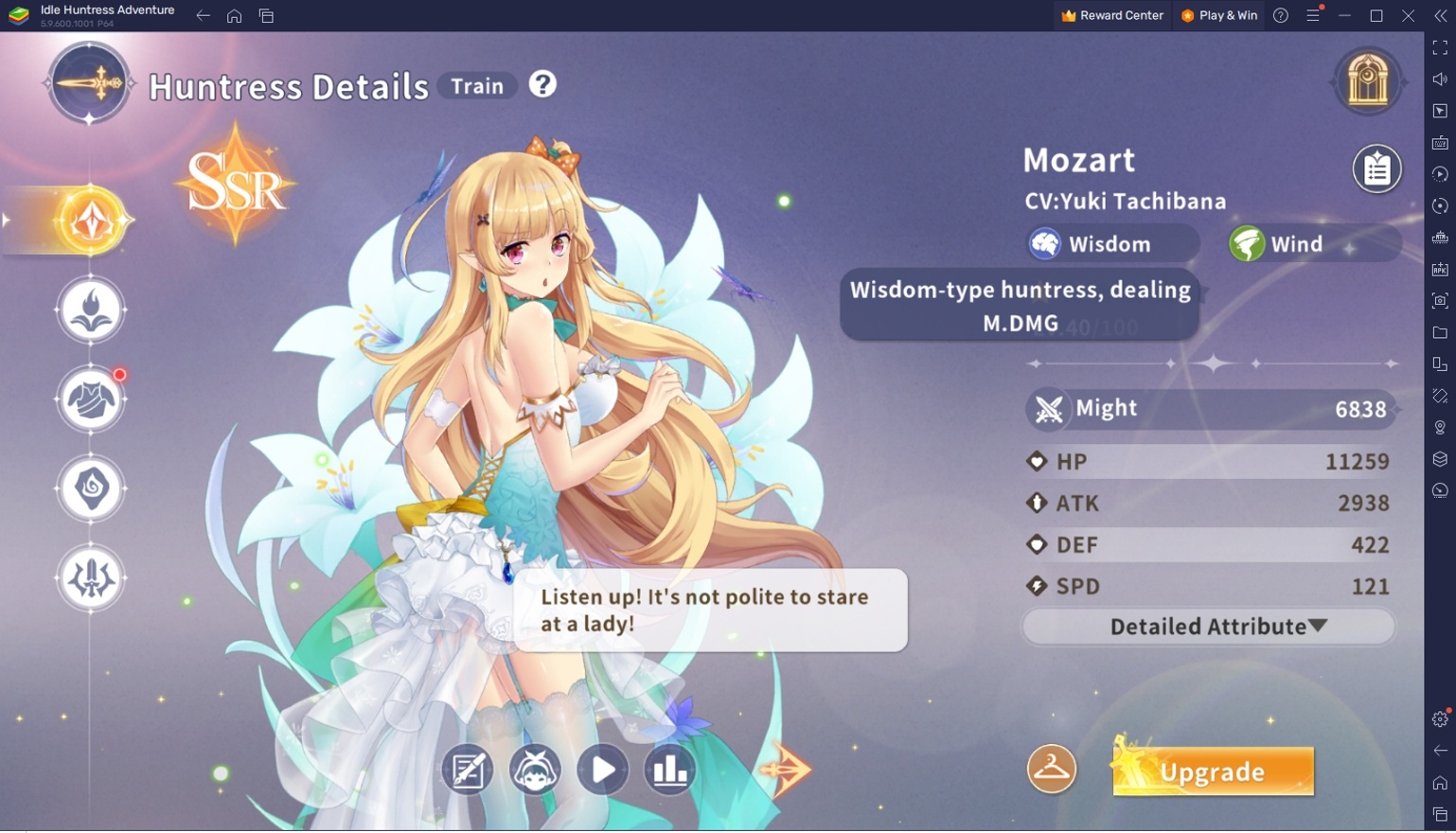
The correct way to build the team is to have at least one strength character and a good combination of agility and wisdom units on your squad. The primary role of the strength character is to act as the first line of defense so it’s a good idea to have one that has high health and defenses. It’s also great to have a support unit that can heal the team, provide shields, or give helpful buffs. The rest should be the right combination of units that deal high amounts of AoE and single-target damage.
Unit Positioning
We’ve already talked about hero classes and how their role means placing them in certain positions in the squad. The game uses a tile system where players can place up to five heroes anywhere on a 3×3 grid. This is extremely important because some heroes use AoE attacks that hit a certain part of the grid so it’s not wise to simply clump all of your heroes in one place. Instead, it’s a good idea to distribute your heroes according to their roles to help their chances of surviving.
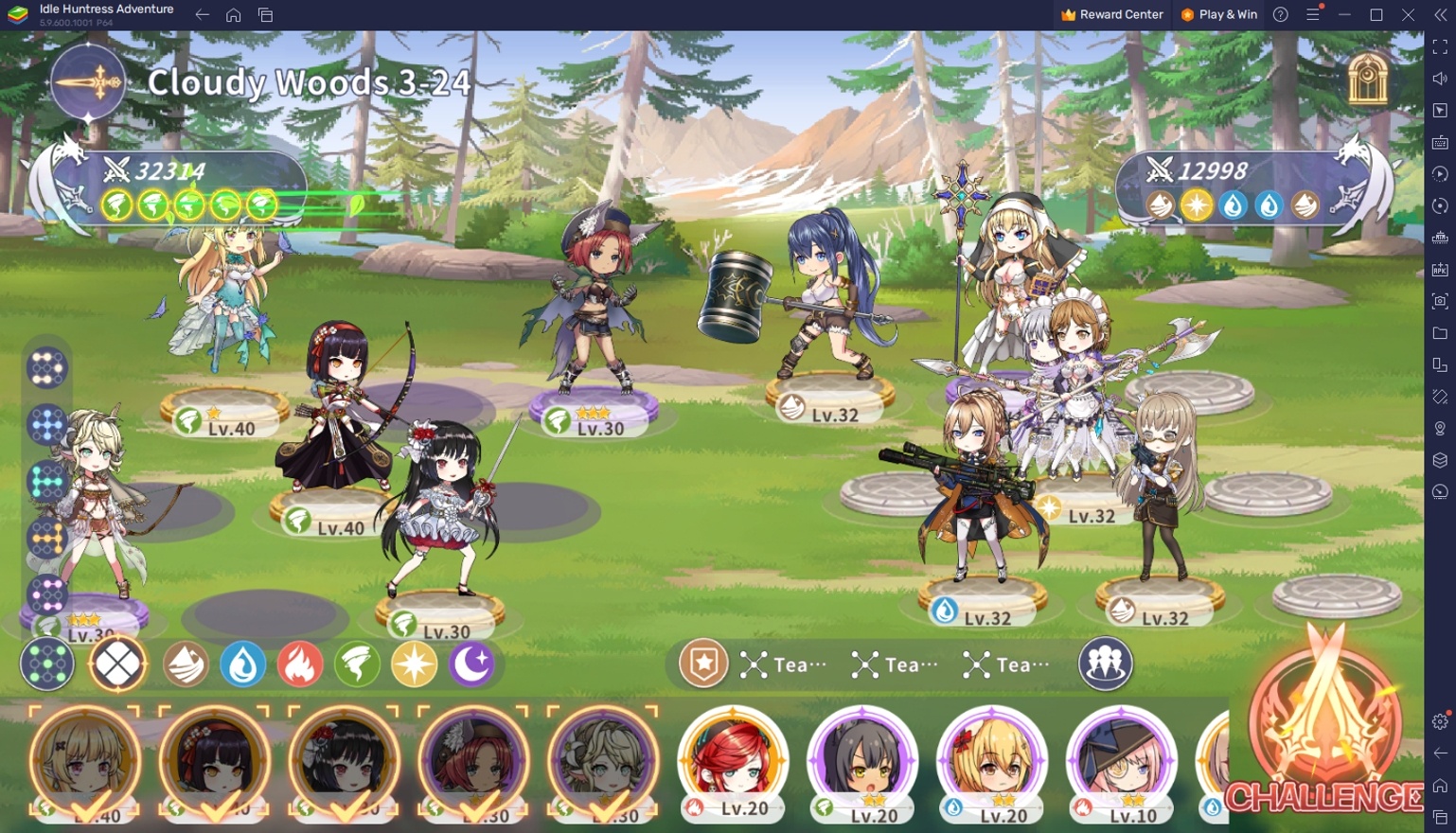
Unfortunately, players can’t freely distribute their heroes on the grid as they please. Instead, the game uses formation presets that limit how the player can distribute their team. Regardless, the preset doesn’t fix which heroes go in which specific positions so it’s up to the player to determine the strength of each individual unit. You always want your most important characters to be as inaccessible as possible while your strength heroes should stay on the frontline to take the bulk of the damage.
Skill Types
Heroes’ skills and abilities are important in determining whether or not they belong in your team. The player doesn’t want too many heroes that do the same thing in their team since it will limit the capability of their squad. It’s also a good idea to choose heroes that have abilities that synergize well with each other or even do a specific combo. To do this, you’ll need to read and understand the description of each hero that is at least SR and above to determine if they can work well in your current squad.
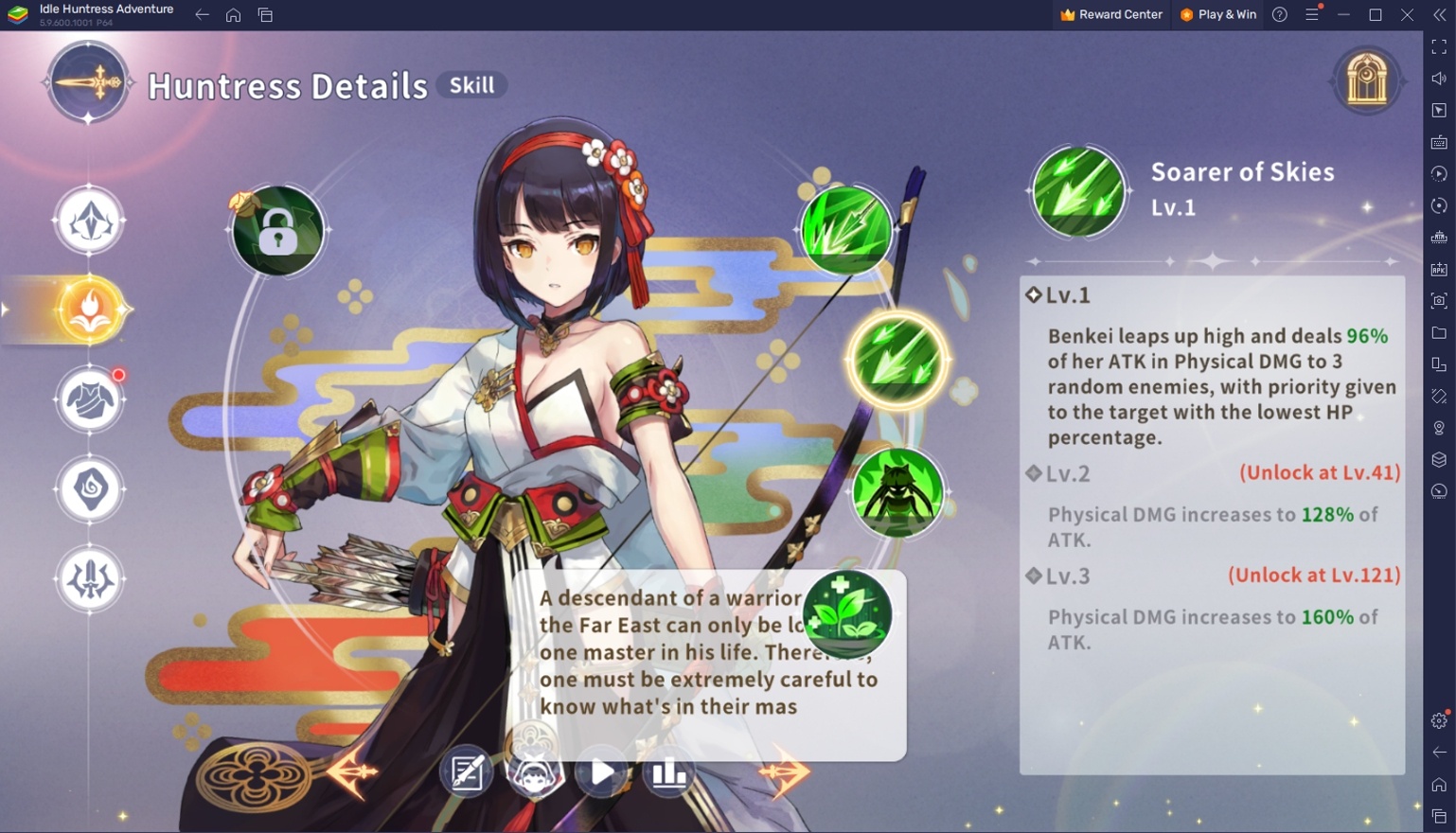
If you are not familiar with what skills you should be looking for, you need to find a diverse set of abilities that each play a different part in combat. The first thing you need to find are high-damage carries that deal AoE and single-target damage. Next, you need to find heroes that can support your team by healing damage or providing helpful buffs. Finally, you need to balance the amount of physical and magic damage on your team so that you won’t end up being blocked by specialized units.
Hero Rarity
It is a sad reality that rarity is the biggest factor in teambuilding. Having five SSR units can easily overwhelm a team if they are powerful enough to nuke them down. However, even if you plan on building a high-rarity team, you still need to apply most of the tactics that we’ve introduced in this guide so that you won’t get defeated by other players who also have high-rarity teams at their disposal.
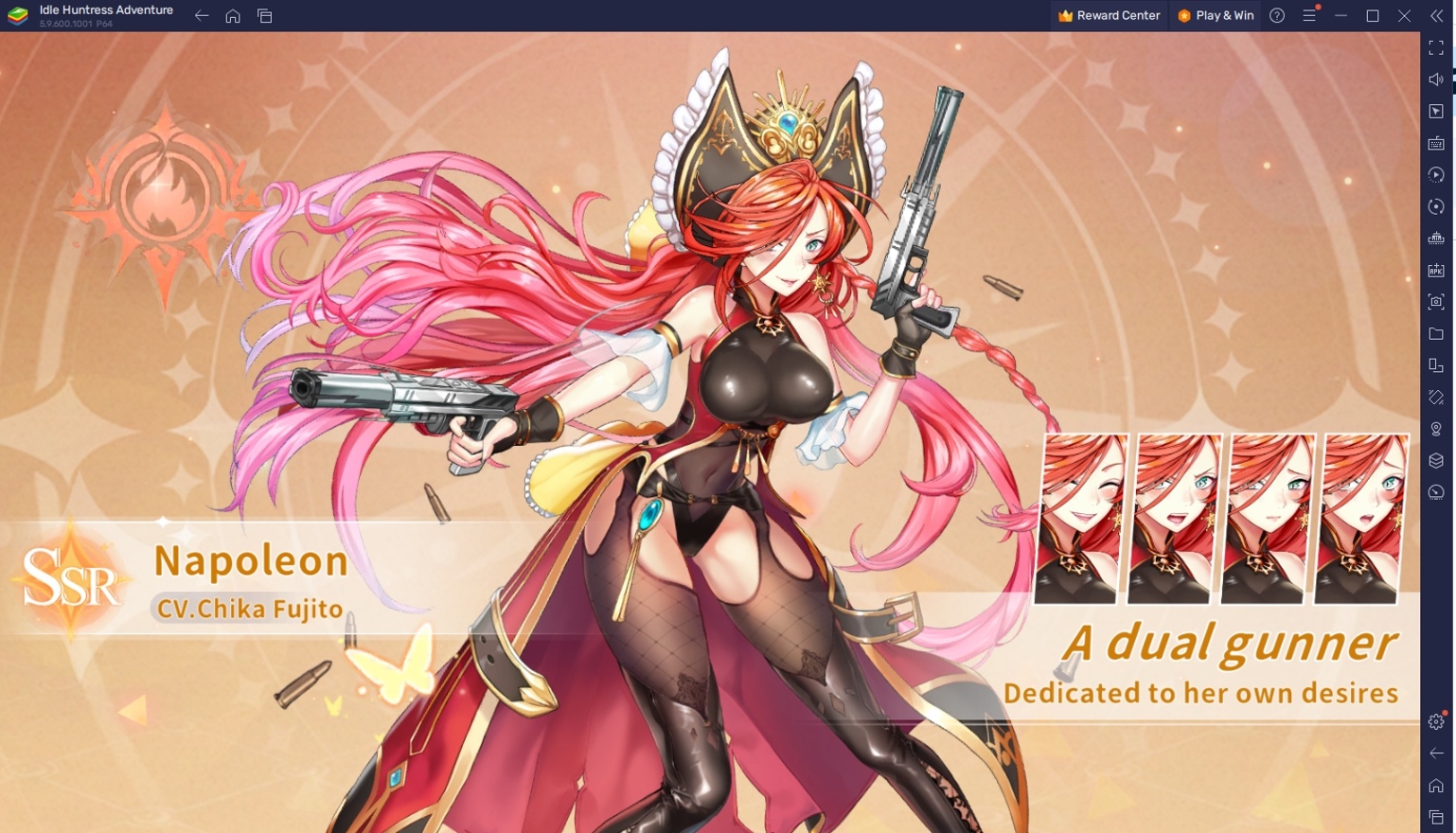
Players who don’t have the real-life resources to get a high-rarity team aren’t necessarily out of the race. Just make sure that you only place SR units and above in your team and follow all of the tactics that we’ve introduced so far to increase your chances of defeating a player with high-rarity units.




